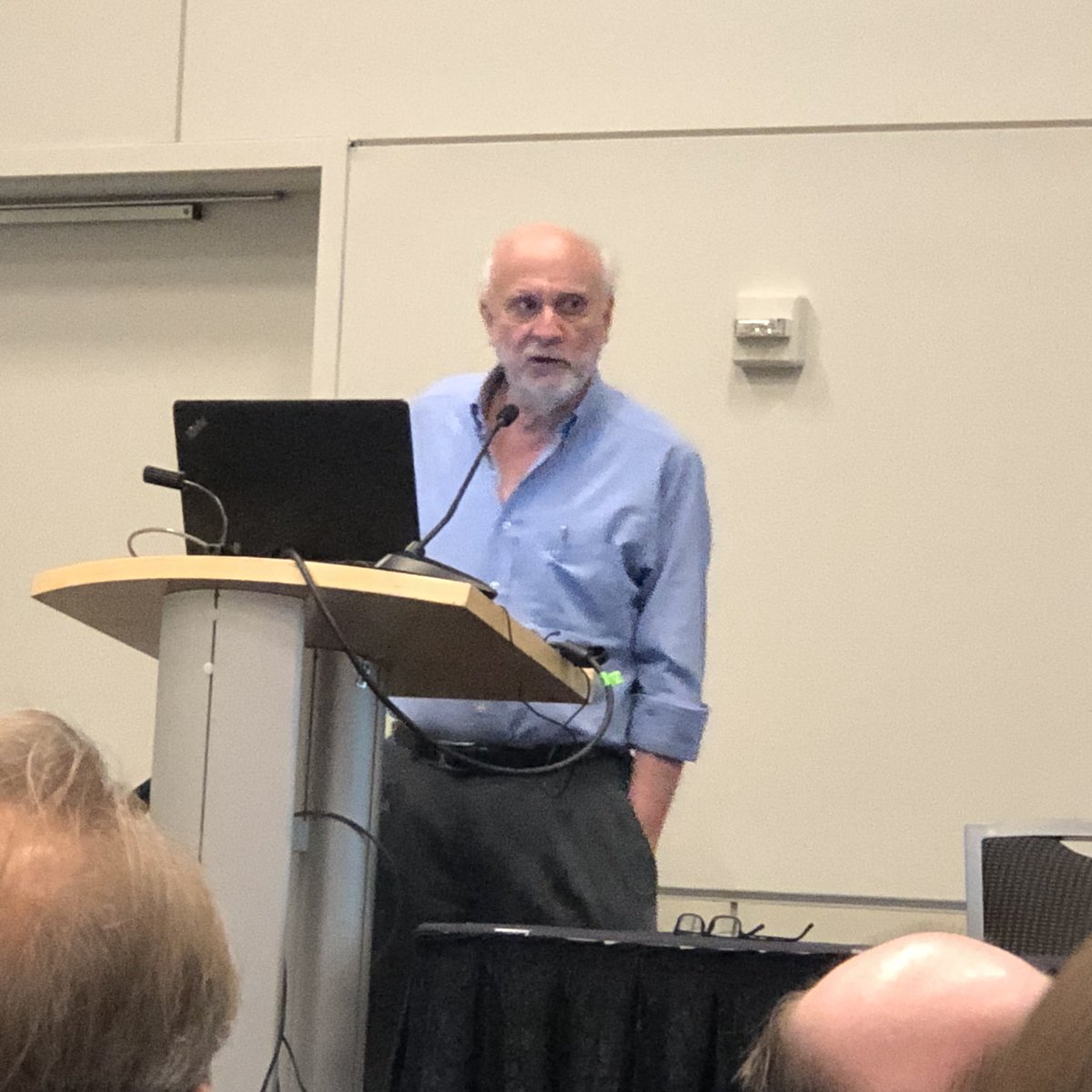#JSM2018 Don Rubin as discussant up next. 

#JSM2018 Don Rubin as Yoda, care of Jorg Dreschler 

#JSM2018 Don Rubin talking about developing multiple Imputation on organization and industry codes at Census. Codes written on 3x5 cards, not computer readable cards, so hard to do anything with it
#JSM2018 Rubin Prediction is different from inference. Be sensitive to what your loss function is.
#JSM2018 Rubin One of the things that has changed over the years is not having to apologize for turning everything into random variables.
#JSM2018 Raghu does a great job of putting together a phony dataset for simulation that doesn’t look like a phony dataset.
#JSM2018 Rubin telling stories of what Cochran told him that Fisher said to him about bad allocations of randomized designs
#JSM2018 Rubin what really exists are Data values, models are wrong. So need to worry about predicting real data values.
#JSM2018 Rubin: Fisher got the wrong answers for intermediate outcomes. Why? Because he hated Neyman and refused to use his notation.
#JSM2018 Rubin Is now 5 minutes past session time ending and the audience is hanging on every word
• • •
Missing some Tweet in this thread? You can try to
force a refresh











